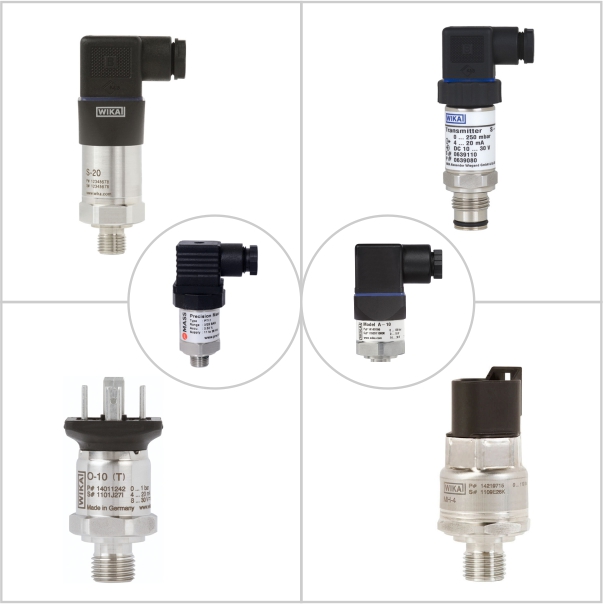Pressure Transmitter
Pressure Transmitters
Pressure Instruments are devices used to measure, monitor, and control pressure in gases or liquids. Common types include pressure gauges, sensors, transducers, and transmitters. These instruments are widely used in industries such as manufacturing, oil and gas, HVAC, pharmaceuticals, and automotive to ensure safe and efficient system performance.
Types of Pressure Transmitters
- Mechanical Pressure Transmitters: Traditional transmitters offering robust mechanical measurement capabilities.
- Digital Pressure Transmitters: Electronic transmitters providing accurate digital readings for enhanced precision.
- Transmitters with Flow Totalizers: Models equipped with flow totalizers for comprehensive pressure monitoring.
Benefits of Digital Pressure Transmitters
- Accuracy and Precision: Digital transmitters ensure precise measurement of pressure, optimizing efficiency and reducing waste.
- Real-time Monitoring: Clear digital displays enable real-time monitoring of pressure levels.
- Data Logging and Analysis: Some digital transmitters offer data logging capabilities for detailed analysis and operational insights.
- Versatility: Digital models support multiple measurement units, adapting to various pressure types and applications.
Applications of Pressure Transmitters
- Industrial Processes: Monitoring pressure levels in tanks, pipelines, and vessels to prevent overpressure and ensure optimal performance.
- Energy Sector: Measuring pressure in generators, boilers, and pipelines for efficient energy management and cost savings.
- Chemical Industry: Monitoring pressure in reactors, storage tanks, and pipelines for accurate inventory and process management.
- Automotive Sector: Monitoring pressure in hydraulic and pneumatic systems to maintain efficiency and prolong equipment life.
Understanding Pressure Transmitter Functionality
- Measurement Units: Pressure transmitters typically measure pressure in units such as psi, bar, or Pa, adapting to industry standards.
- Operational Principle: Transmitters operate by accurately measuring the force exerted by the fluid or gas, utilizing mechanical or electronic sensors.
- Calibration and Maintenance: Regular calibration ensures accurate readings and extends the operational lifespan of pressure transmitters.
- Installation Requirements: Proper installation and maintenance procedures are essential for optimal transmitter performance and longevity.
Choosing the Right Pressure Transmitter
- Factors to Consider: Selecting the appropriate pressure transmitter involves evaluating pressure range requirements, compatibility with fluid or gas properties, and environmental conditions.
- Environmental Considerations: Assess factors such as temperature fluctuations and exposure to contaminants to select a transmitter suitable for harsh operating environments.
- Consultation and Support: Our team at Machine Tools Centre provides expert guidance to assist you in choosing the ideal pressure transmitter to meet your specific industrial needs.





